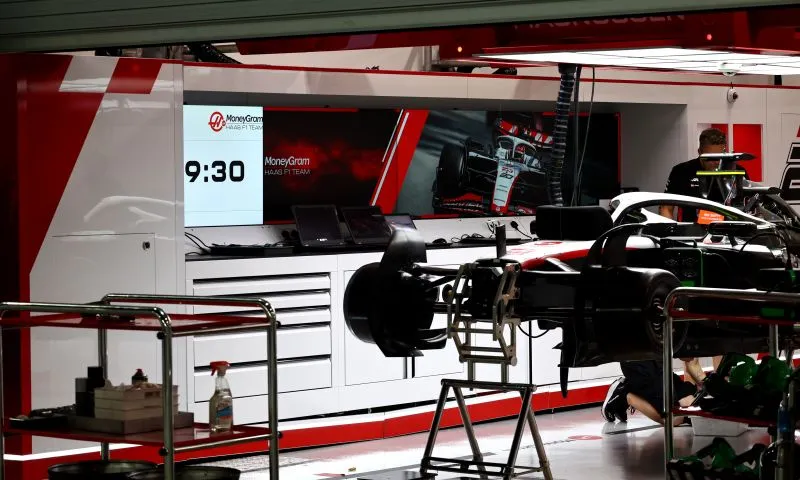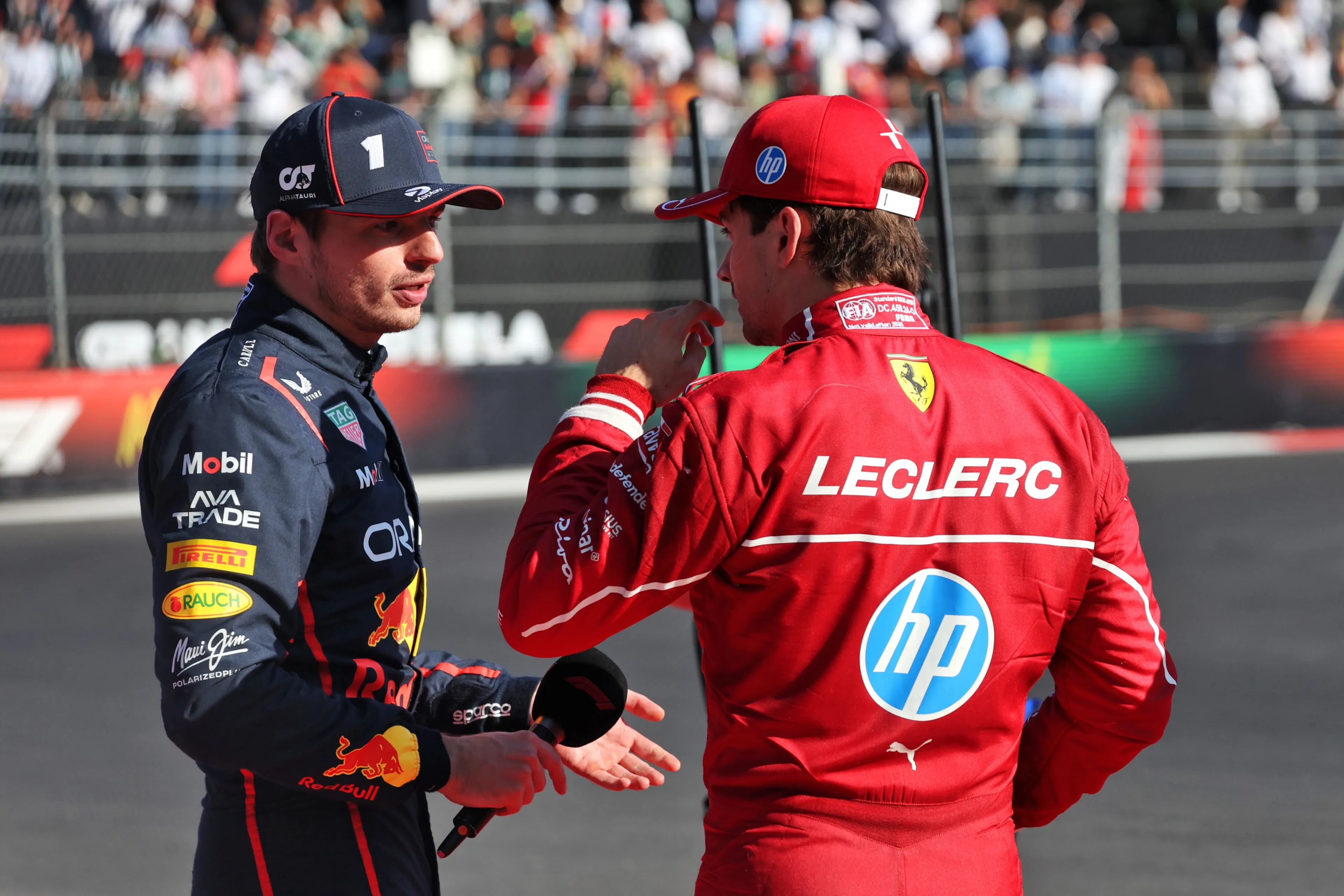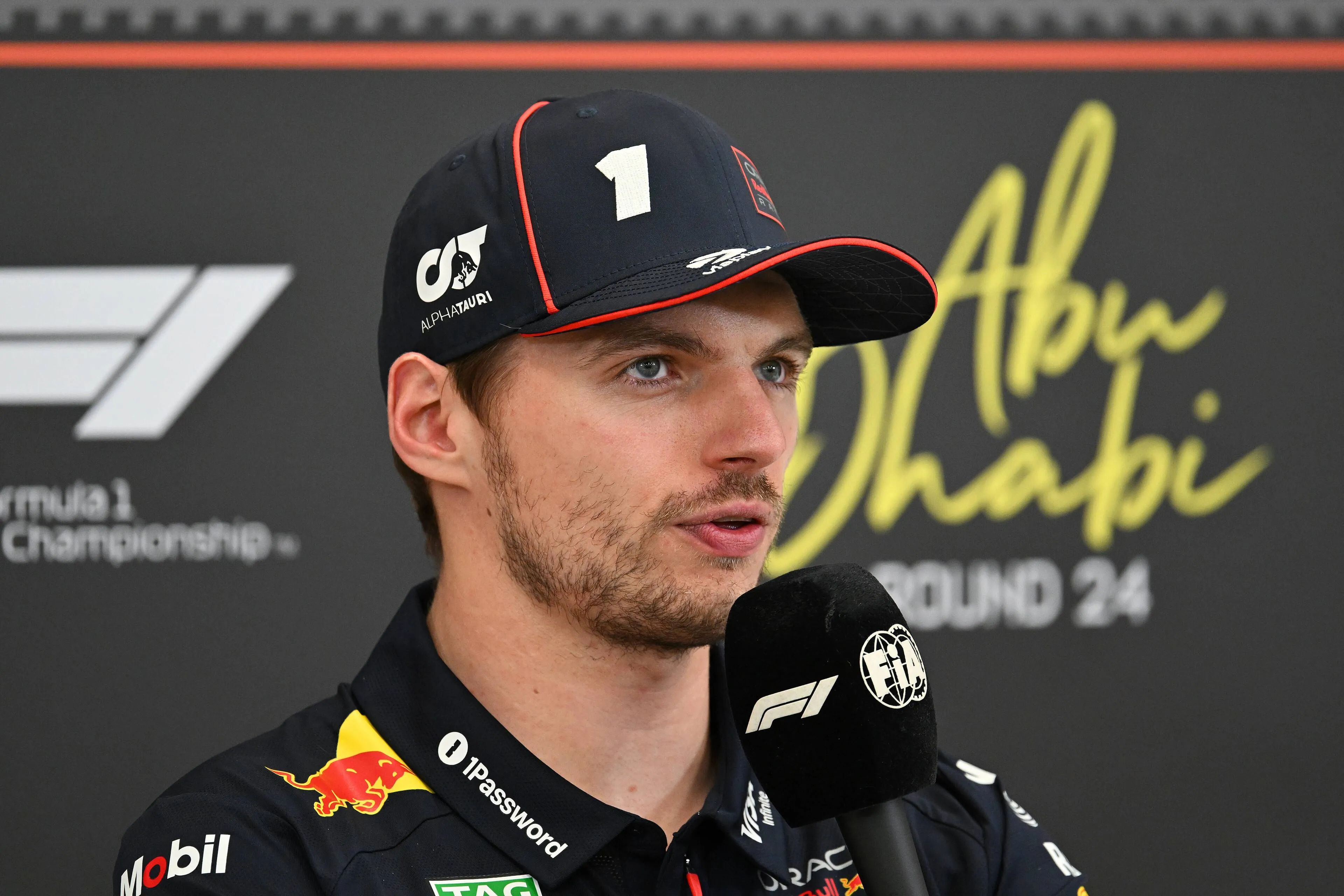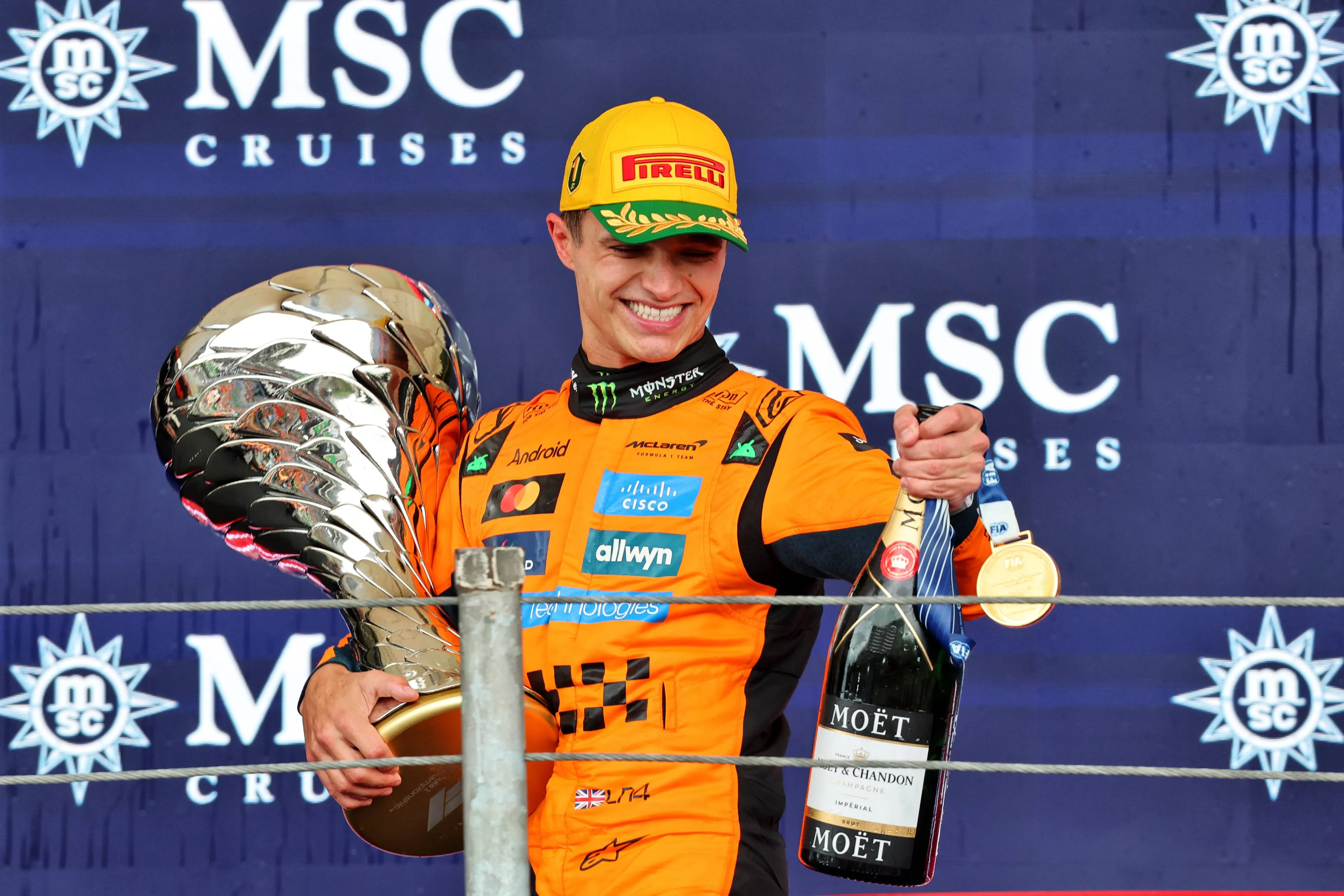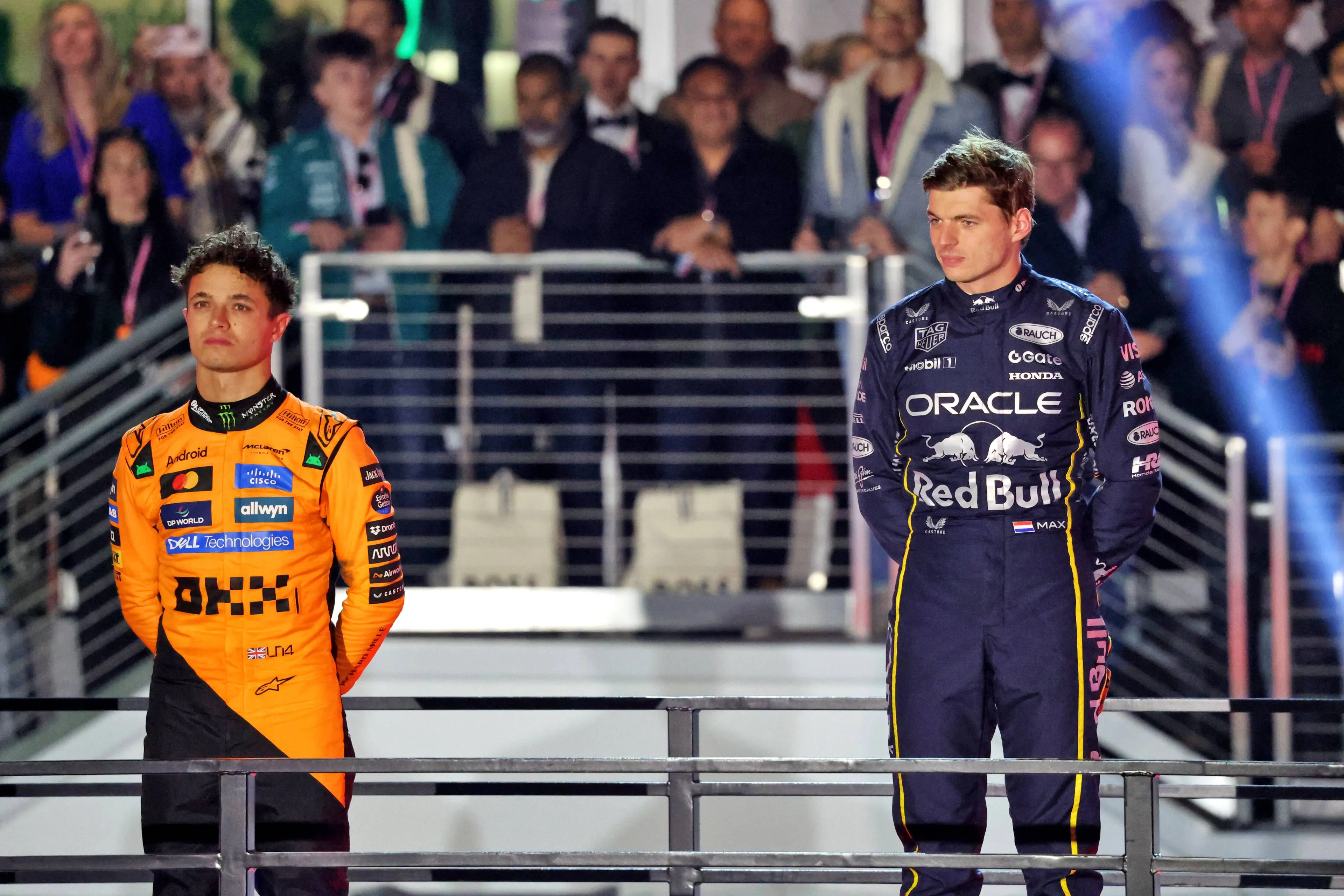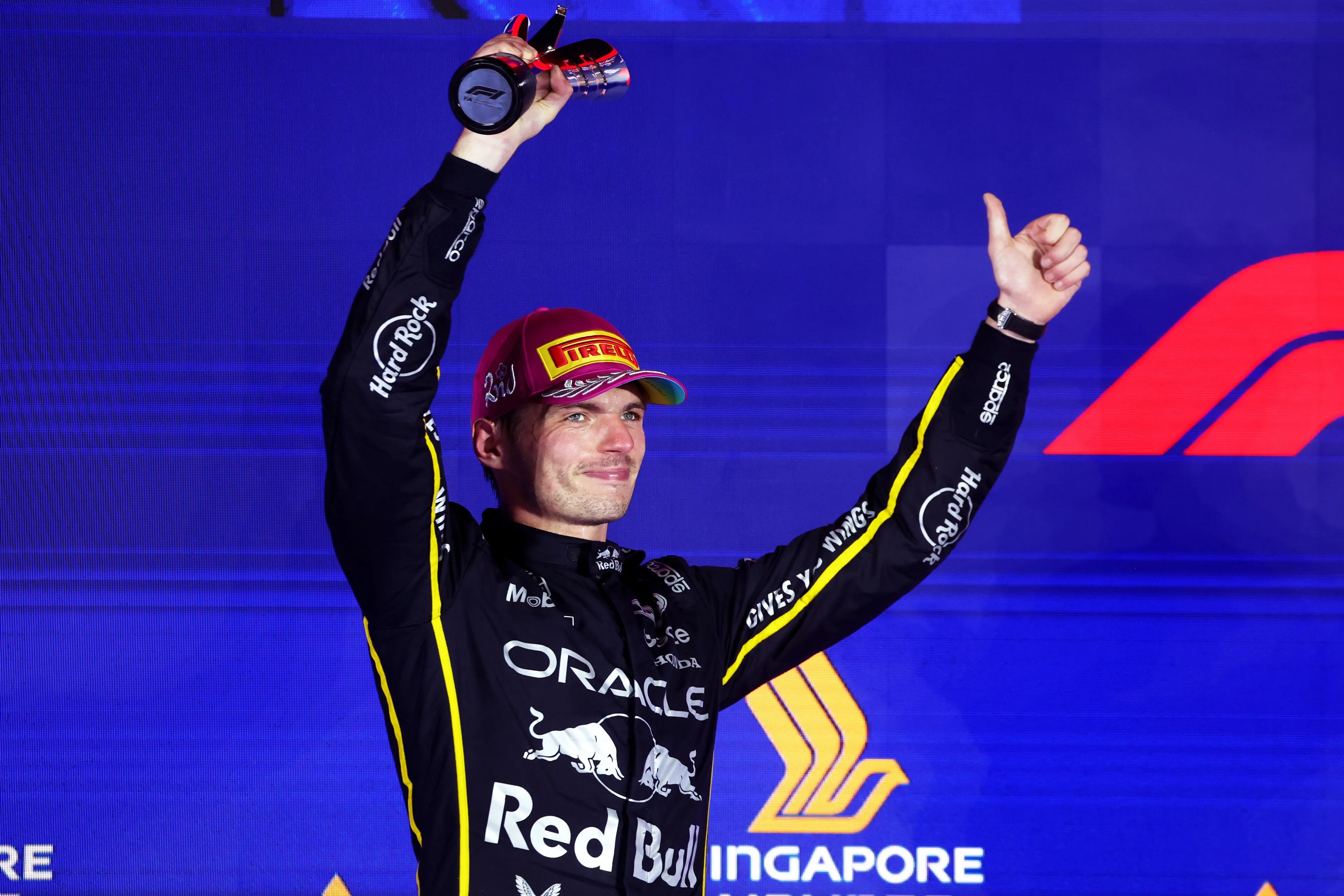After the last race in Monza, F1 is about to start a series of races out of Europe, firstly in Asia, on the newly modified Singapore’s Marina Bay Street Circuit. This track is well known for requiring maximum downforce setups as well as a very good mechanical balance because of the bumpy nature of the asphalt (being a street circuit, in fact, most of the track is used every day as a normal street) and the extremely hot temperatures, which are killer for the tyres.
However, this year, the teams will have to tackle two main changes: a new final sector (which now has a 400-meter straight instead of a couple of twisty chicanes) and a new technical directive, the TD018, which could affect the battle for the P2 in the championship.
McLaren, Red Bull and Aston Martin with new parts
Being a maximum downforce track, some top teams are bringing some new bits that should help them be fast around the streets of Singapore. First of all, McLaren are bringing quite a significant upgrade that should allow them to improve their performance, especially in low-speed corners. In fact, after introducing the MCL60 “B” version in Austria, they’ve been very good in fast corners but have suffered a lot in slow-speed corners.
According to Lando Norris, this package should enable them to make a big jump to the front of the grid, allowing the team to fight regularly with Mercedes, Ferrari and Aston Martin. For this reason, we’ve also seen two different rear wing specs in the garage on Thursday: the first one is the typical high downforce rear wing they also used in Monaco and Zandvoort. In contrast, the second version has a more loaded main plane and a drag-reduction cut in the endplate transition (with metallic support) that should provide less drag without any loss of downforce. This choice has probably been made because only Norris will have the upgraded McLaren this weekend, so they’ll try to compare the setups in FP1 on Friday morning.
Aston Martin and Red Bull have shown almost nothing of their new packages. Still, we managed to see a couple details. Aston Martin has brought back the rear winglet behind the diffuse that was already tested in Zandvoort. This solution should guarantee a better flow extraction from the diffuser, maximising the downforce produced, especially from the high downforce rear wing. However, this little aerodynamic profile may have been reinforced or re-produced with stronger materials since it caused quite a few problems the first time the team tested it. On the other hand, the RB19 showed a cut in the endplate transition. It has been adopted by almost all the teams on the grid, but there will be other new parts that we’ll be able to discover only on Friday.
Instead, Ferrari and Mercedes are bringing no updates this weekend, focusing on getting as much as possible from the package they have in the hope of fighting for the podium in a race that always offers many twists and turns.
How the new TD018 will affect the battle for P2 in the constructors
Another topic of discussion in the days before the Singapore GP was the TD018. A newly introduced technical directive by the FIA to limit the front and rear wing flexibility. In fact, some teams managed to get the most out of the regulations by designing flexible front and rear wings, i.e. wings which were able to pass the static tests imposed by the FIA brilliantly but, once on the track, thanks to the strong action of the airflow, they were able to flex a lot, becoming true active aerodynamic devices, thus making a gain on the straights and coming back to their original positions in the corners, when the speed decreased.
For this reason, the FIA Single Seater Technical Director Tim Gross announced that “[...] the important bit of Article 3.2.2 is that ‘all aerodynamic components or bodywork, influencing the car’s aerodynamic performance must be rigidly secured and immobile with respect to their frame of reference and that they must make use a uniform, solid, hard, continuous surface under all circumstances’. [...] We have a range of load deflection tests that define how much elements can bend, and we've evolved those tests to represent what the teams are trying to achieve on track and to put a sensible limit on them.”
According to the rumours, Alpine and Aston Martin could be strongly affected by this technical directive, even though new metallic supports appeared on Thursday on their front wings and should help them to be in line with the new rules.
In conclusion, to find out what this weekend has in store for us, all we can do is follow it carefully to understand what impact all these changes, including updates, technical directives and a new layout, will have on the race.
Read more about:
Popular on GPBlog
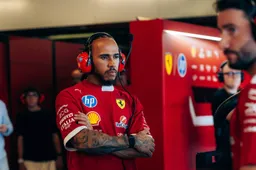
1
Hamilton believed to have delivered his ‘farewell speech’ in Abu Dhabi
38283 times read
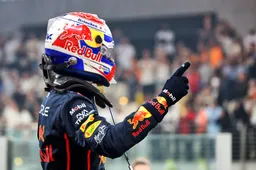
2
Verstappen beats Norris to FIA award after missing out on drivers’ title
3882 times read
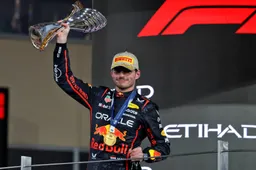
3
Verstappen set to miss FIA Gala for the first time in years!
2485 times read

4
Verstappen leaves Norris and McLaren with message after missing FIA gala
1771 times read
Loading
